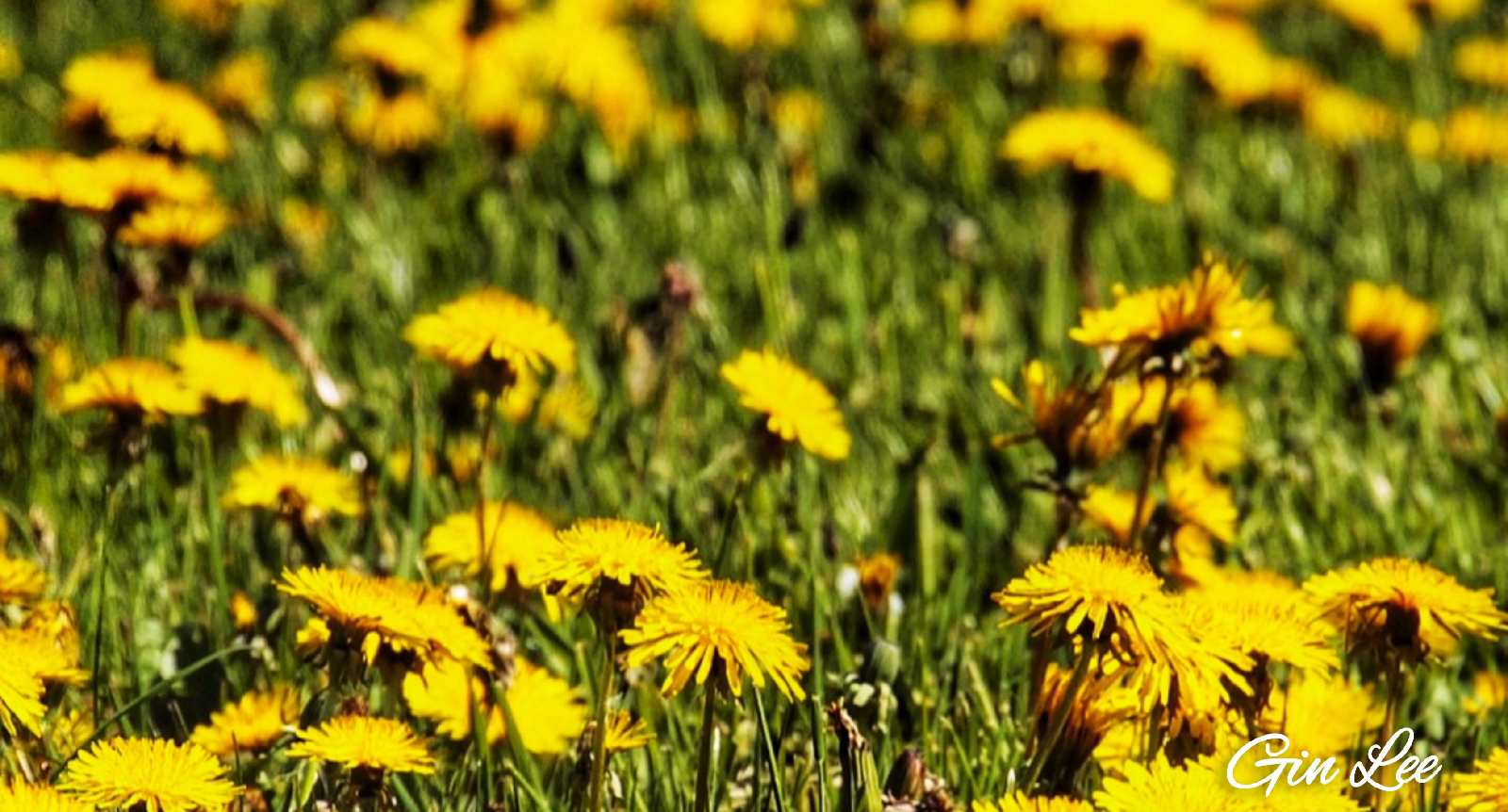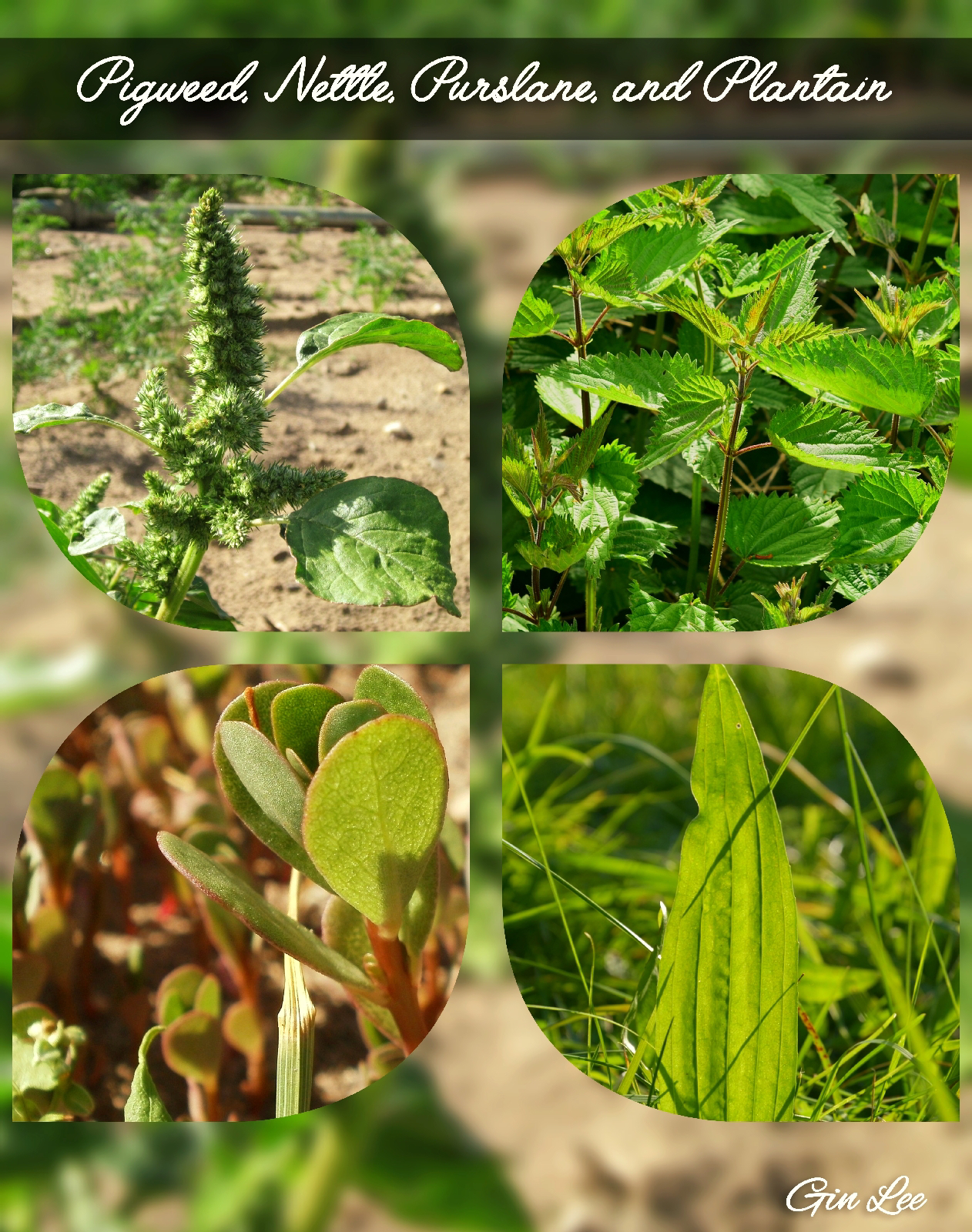Chickens' Favorite Snacks: Edible Weeds!
Did you know that chickens love to munch on weeds? Not all weeds are safe for them to eat, but there are some that are not only safe but also beneficial for their health. Let's take a look at some edible weeds that chickens can safely eat and the benefits they provide.
Benefits of Edible Weeds for Chickens
Nutritional Value
Edible weeds are packed with vitamins and minerals that can help keep your chickens healthy. They provide a variety of nutrients that are essential for their growth and overall well-being.
Foraging Fun
Allowing your chickens to forage for edible weeds can provide them with mental stimulation and entertainment. It gives them a chance to explore their surroundings and engage in natural behaviors. Plus, it's free entertainment for you to sit back and watch!
Safe Edible Weeds for Chickens
Dandelion
Dandelions are a favorite snack for chickens. They are rich in vitamins A, C, and K, as well as calcium and iron. Chickens love to peck at the bright yellow flowers and crunchy leaves. All parts of the dandelion plant are edible, even the roots.
Clover
Clover is another safe and nutritious weed for chickens to eat. It is high in protein and fiber, making it a great addition to their diet. Chickens enjoy nibbling on the small, round leaves of clover plants.
Chickweed
Chickweed is a common weed that chickens love to eat. It is high in vitamins and minerals, including vitamin C and calcium. Chickens will happily munch on the tender leaves and stems of chickweed plants.
There are also other safe edible weeds for chickens like pigweed, nettle, purslane, plantains, and even grass.
Conclusion
Next time you see some weeds growing in your yard, consider letting your chickens have a snack. Not only will they enjoy the foraging experience, but they will also benefit from the nutritional value of these edible weeds. Happy snacking, little chicks!
Just a friendly reminder: make sure to only harvest these weeds from areas that are free from chemicals for the health and well-being of your chickens.



